Commentary: Asia-Pacific’s Submarine Aspirations Make Regional Waters More Congested – And Riskier
Submarines are often seen as a force multiplier against stronger foes, but expanding fleets and new aspirations require Asia to think of managing the maritime risks, says the S Rajaratnam School of International Studies’ Collin Koh.
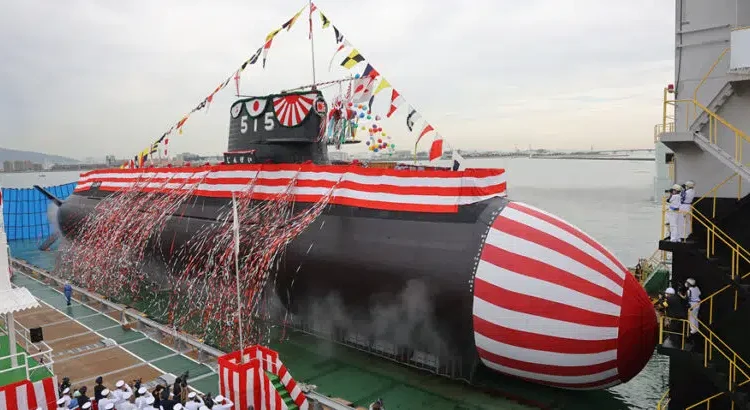
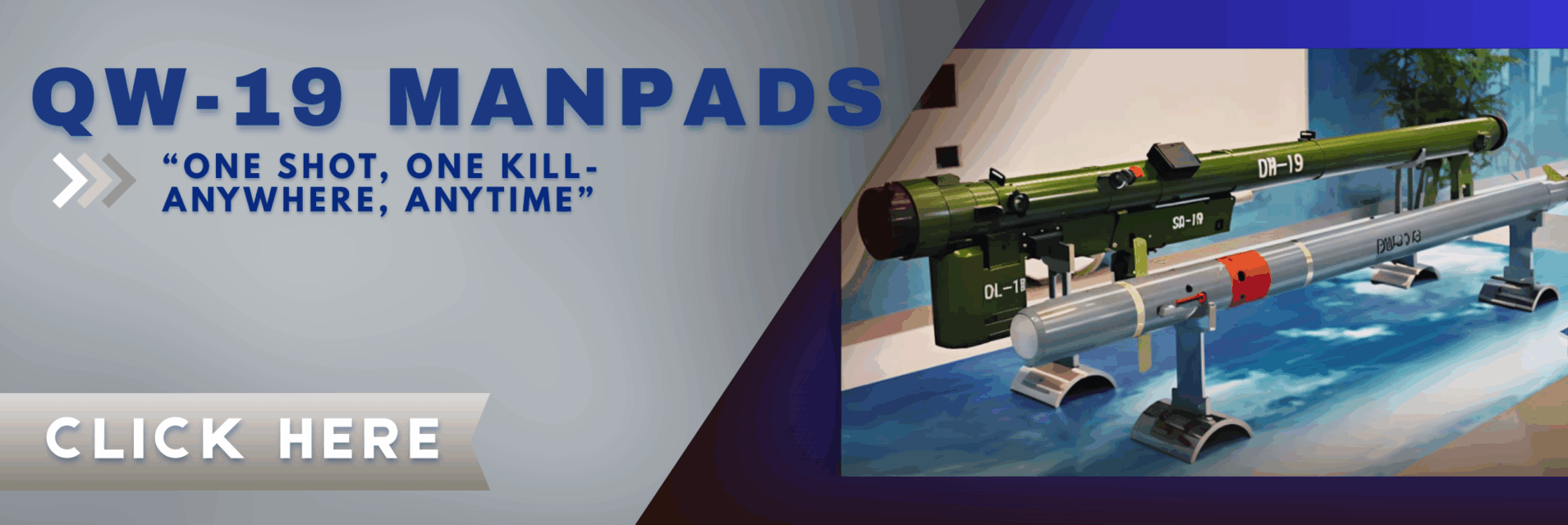
In Dec 2022, the Singapore navy launched the second and third of four new Invincible-class submarines, named Impeccable and Illustrious. Delivery of the first – Invincible – was delayed after its launch in 2019 due to the pandemic.
COVID-19 may have held up supply chains and devastated the global economy as the world spent trillions in pandemic measures and stimulus packages. But defence spending during this time hardly languished.
The Stockholm International Peace Research Institute (SIPRI) assessed that world military expenditure crossed the US$2 trillion mark for the first time in 2021. Two of the top five spenders are in the Asia-Pacific – China and India.
Japan lately also pushed for an unprecedented increase in defence spending, envisaging a total of US$324 billion over fiscal years 2023 to 2027. SIPRI also found that even though the global arms trade fell slightly from 2017 to 2021, arms imports by East Asia and the Oceania regions rose.
Such assessments tend to give rise to the conclusion that an arms race is brewing in Asia, even as countries continue to grapple with global economic uncertainties brought about by the pandemic and the Ukraine war.
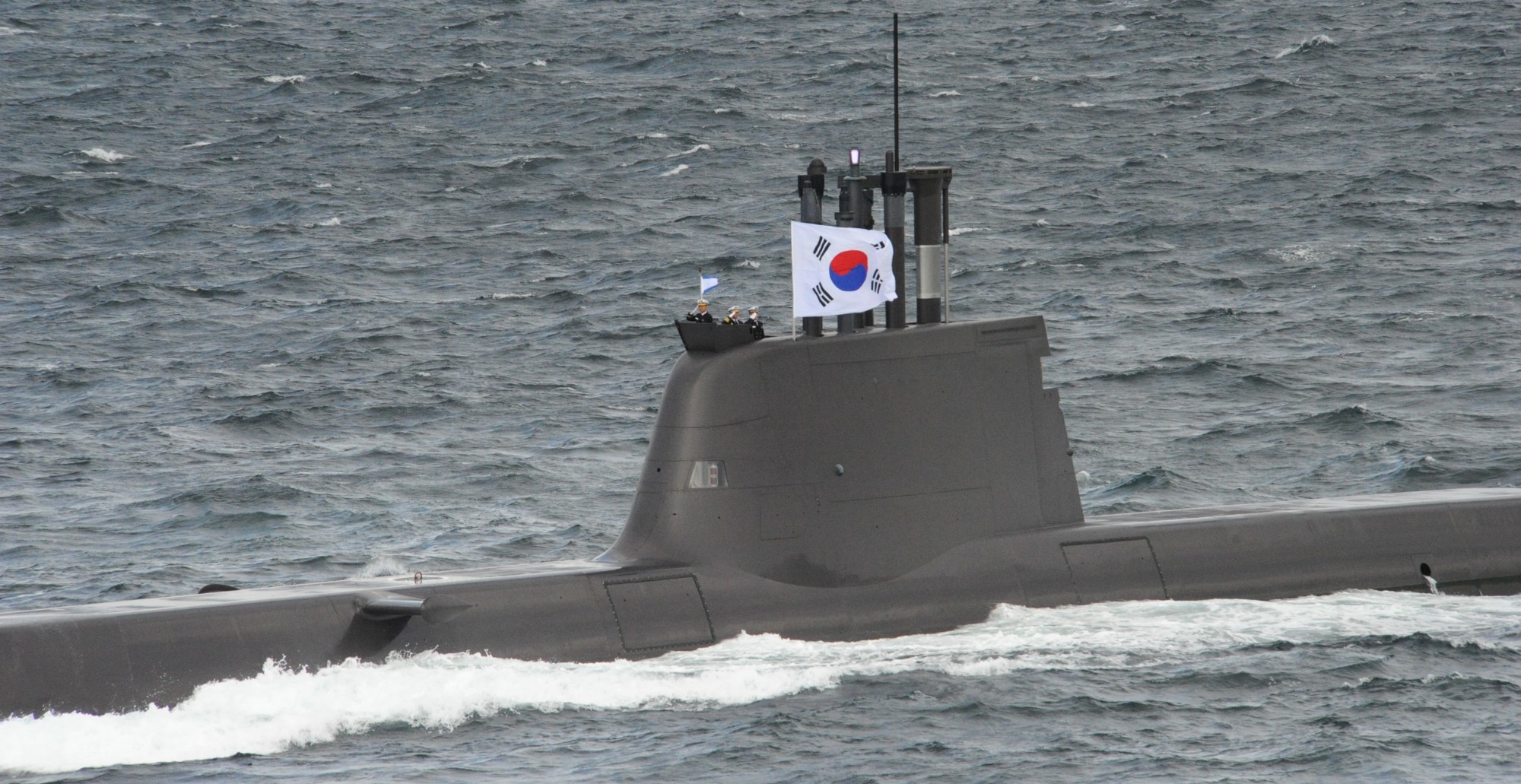
But the momentum for greater arms spending clearly started before the Ukraine war started in February 2022. And who knows how much it will henceforth contribute to driving up defence budgets?
A FORCE MULTIPLIER AGAINST STRONGER FOES
Maritime Asia-Pacific has always had an abiding interest in modernising naval forces – especially with submarines, often regarded as a highly valued force multiplier for weaker navies against stronger foes.
Past historical feats of submarines in the hands of the presumably weaker party against the stronger adversary further romanticises the idea that an undersea force is necessary. The Argentinean submarine San Luis created so much commotion during the Falklands War in 1982 that the United Kingdom devoted disproportionate anti-submarine efforts against this singular threat.
The post-pandemic submarine proliferation in the Asia-Pacific represents a mixed picture. China, Japan and South Korea are beefing up their undersea capabilities.
Notably, Japan expanded its submarine fleet from its pre-pandemic figure of 20 boats in 2019 to 22 by end 2022. In the same period, South Korea boosted its submarine fleet from 16 to 19.
It’s not just a numbers game; these regional naval powers also have inducted larger, quieter boats with better long-range striking capabilities.
And in late 2021, much attention has been fixated on Australia’s plan for nuclear-powered attack submarines under the AUKUS deal with the United Kingdom and United States.
SUBMARINE ASPIRATIONS IN SOUTHEAST ASIA
Countries like Singapore, Malaysia, Indonesia and Vietnam already have submarine programmes. Over the recent years, new submarine aspirants have also emerged in Southeast Asia.
The Philippines and Thailand have long had submarine plans, so it comes as no surprise. The Philippines’ programme is a victim of its economic difficulties – it has been shunted to the back of the queue as priority goes to acquiring more surface assets such as corvettes and offshore patrol vessels to enhance its South China Sea presence.
Thailand’s programme has also stalled over disagreements with the Chinese shipbuilder over the engine. The decision on whether to accept the Chinese-made engine in place of the originally planned-for German diesel engine has been deferred to June.
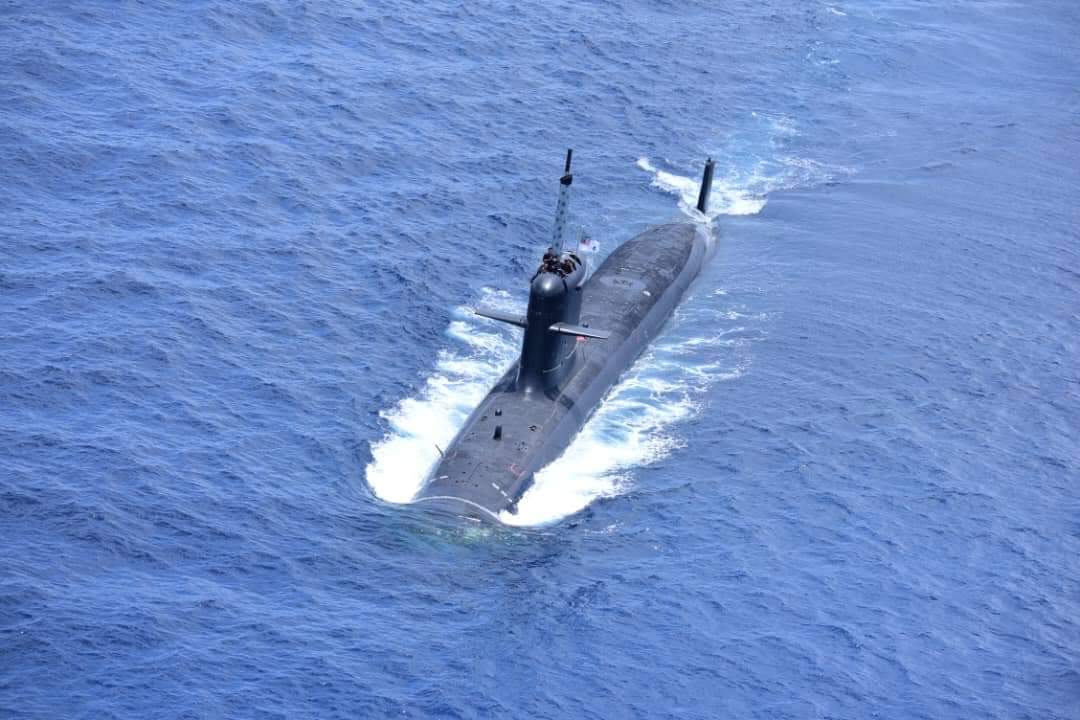
This adds to a programme long troubled by domestic political intrigue, especially the allegations about irregularities in the contract, and earlier COVID-19 economic pressures compelling the navy to dial down on the submarine procurement budget.
But what surprised many is when Myanmar commissioned a secondhand submarine from India in 2020, at the height of the COVID-19 pandemic, and another in 2021, this time from China.
Myanmar has constituted the only real movement in Southeast Asia’s submarine proliferation in recent years. And the region is not likely to go back to the rate of submarine proliferation back especially in the 1990s and 2000s.
COMMON-SENSE GUARDRAILS NEEDED FOR CONGESTED SEAS
Even if the Asia-Pacific presents a mixed picture on submarine proliferation, there is very little room for comfort given the regional undersea realm has become increasingly more congested.
Besides manned submarines, there is also the emerging challenge posed by the proliferation of unmanned undersea vehicles – sometimes also called underwater drones – that can be military or civilian in nature.
Existing international legal guidelines, the United Nations Convention on the Law of the Sea (UNCLOS) especially, contain gaps in regulating the use of these platforms, such as whether unmanned vessels constitute “ships” or “vessels” given the crewing requirements of Article 94.
With just manned submarines, 2021 alone already saw a spate of three incidents: The tragic loss of Indonesian submarine KRI Nanggala, the collision between Japanese submarine JS Soryu with a civilian vessel in the Pacific Ocean, and the collision with an uncharted seamount in the South China Sea by the American USS Connecticut.
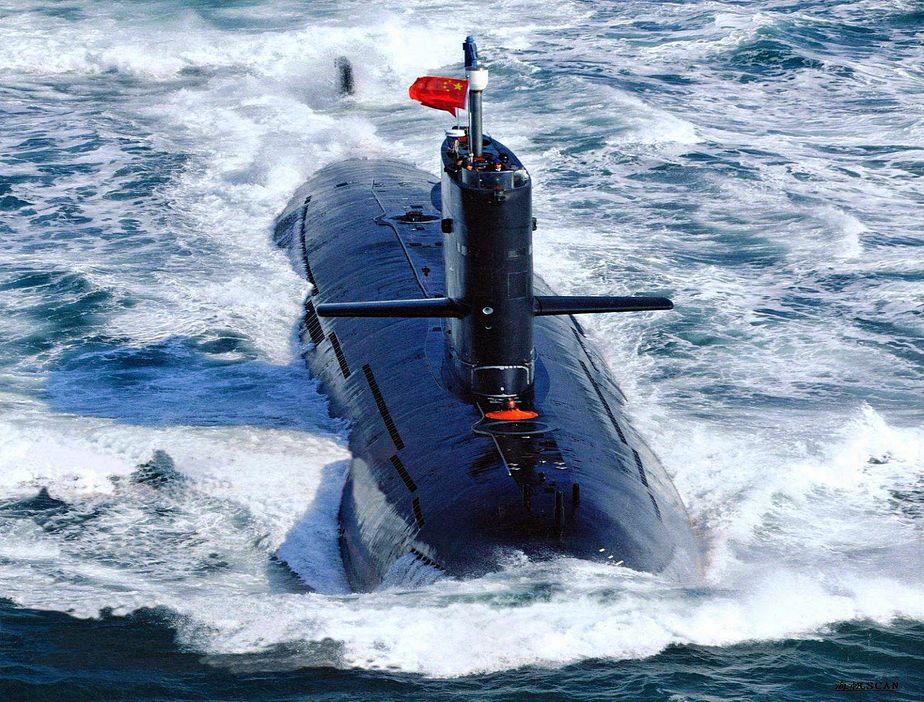
These incidents highlight the potential dangers of submarine proliferation and calls for preventive measures to forestall such risks.
Notably, Singapore proposed an underwater code of unplanned encounters at sea and the submarine safety information portal – all non-binding, voluntary mechanisms – some years ago for regional navies to consider adopting. There had been interest from several regional navies, but adoption cannot be assessed to be widespread due to varying national interests governing submarine operations.
DON’T WAIT FOR ANOTHER SUBMARINE INCIDENT
Even so, there is more that Asia-Pacific navies can do to address the attendant risks of submarine proliferation. Surely there are parallels to draw with air traffic control, similarly crowded with military and civilian aircraft.
But the challenge here goes beyond the technicalities of establishing water-space management (WSM) and prevention of mutual interference (PMI) mechanisms. The current geopolitical climate, with a lack of strategic trust and evolving rivalries, means there are operational sensitivities to undersea operations.
Regional attempts to derive water-space management and prevention of mutual interference mechanisms will be challenging, considering chief Asia-Pacific submarine players China and the United States (and its allies) are not likely to agree to mechanisms that could subject them to cumbersome restrictions they see as impinging on national security.

CLICK HERE TO DOWNLOAD DEFENCE SECURITY ASIA APPS
Yet the region’s abiding interest in undersea capabilities, seen in the context of regional tensions, calls for greater urgency in rethinking about the feasibility of water-space management and prevention of mutual interference mechanisms.
It’s precisely in such times that such “common-sense guardrails” become all the more crucial, instead of waiting for a major submarine incident to happen. — Channel News Asia
Collin Koh is research fellow at the Institute of Defence and Strategic Studies, a constituent unit of the S. Rajaratnam School of International Studies based in Nanyang Technological University, Singapore.
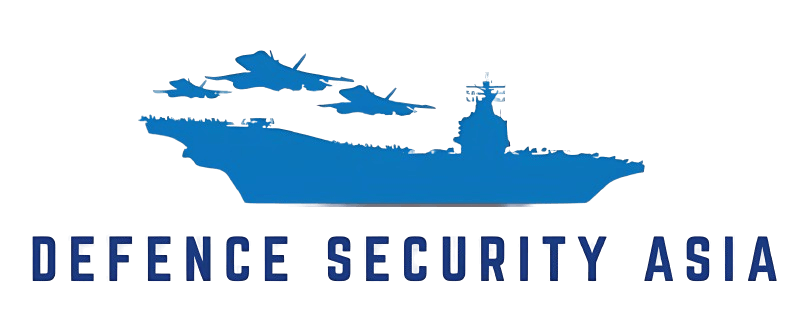
Comments are closed.